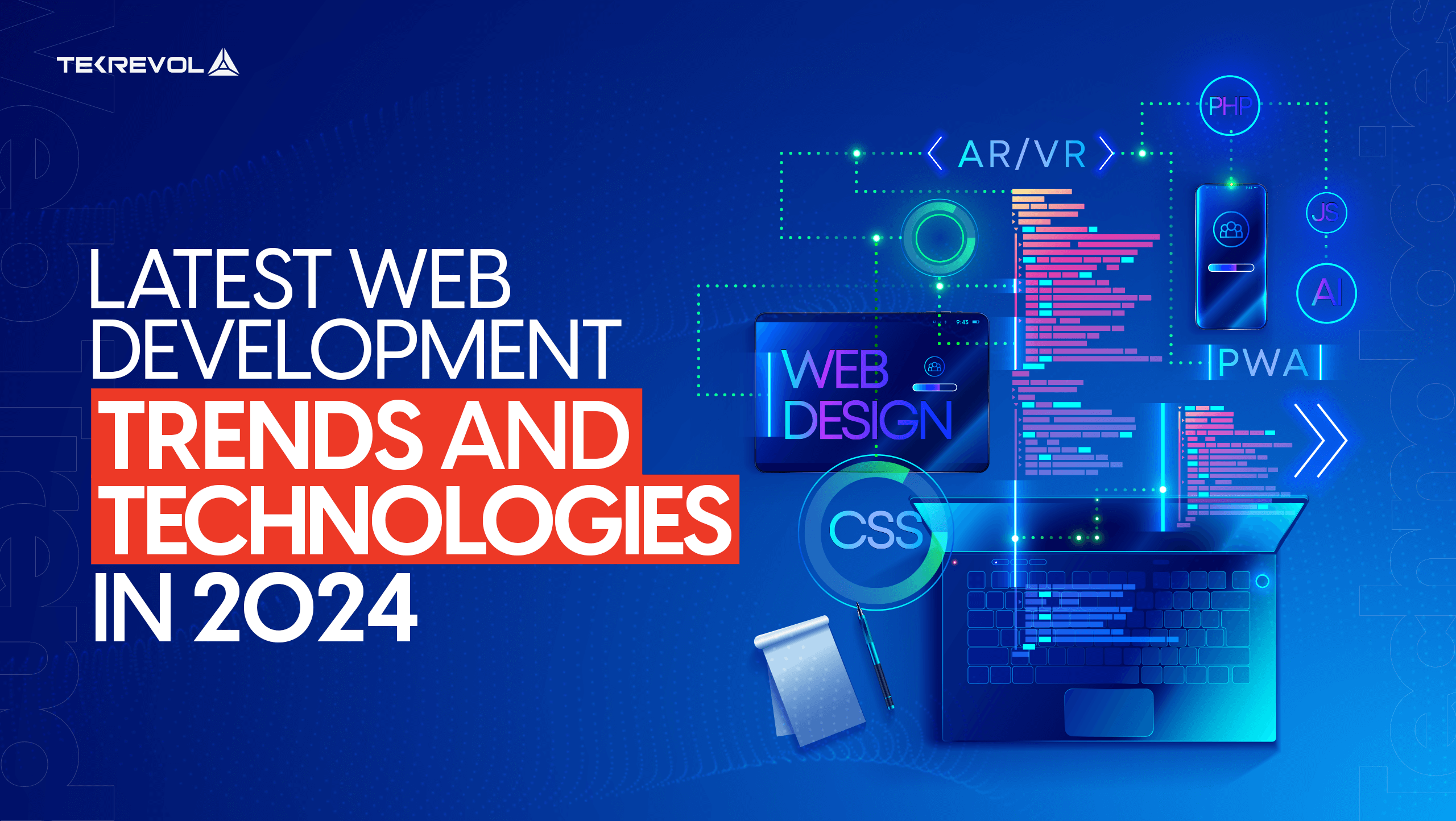CPOpen: Your Gateway to Current Affairs
Stay updated with the latest trends and insights across various topics.
Designing Tomorrow: Trends That Will Shape Web Aesthetics
Discover the bold trends set to redefine web aesthetics and unlock the future of design. Don’t miss what's coming next!
The Future of Web Design: Top Trends to Watch in 2024
The world of web design is constantly evolving, and 2024 is poised to introduce several exciting trends that will shape the digital landscape. As the demand for more interactive and user-friendly websites grows, designers are increasingly focusing on minimalism and intuitive navigation. This year, we can expect a rise in the use of dark mode designs, which not only provide a sleek aesthetic but also enhance readability and reduce eye strain for users. Additionally, incorporating micro-interactions will be crucial in engaging visitors, as these small, subtle animations can significantly improve user experience and keep attention focused on key elements.
Another major trend to watch in 2024 is the integration of AI-driven design tools. These innovative technologies are allowing web designers to create more personalized and dynamic websites at a faster pace. Furthermore, the emphasis on responsive design will continue to grow, ensuring that sites look and function optimally across various devices. Finally, sustainability in web design will become increasingly important, with designers looking for eco-friendly hosting solutions and practices that reduce their carbon footprint. Embracing these trends will not only contribute to better user experience but also keep your website ahead in the competitive digital space.

How Minimalism and Maximalism Are Redefining Web Aesthetics
Minimalism and maximalism are two contrasting yet equally impactful design philosophies that are reshaping web aesthetics in today's digital landscape. Minimalism emphasizes simplicity and functionality, prioritizing user experience by stripping away unnecessary elements. This approach is characterized by clean lines, ample white space, and a limited color palette that allows content to stand out without distractions. By focusing on essential features, minimalist web designs create a sense of calm and clarity that encourages users to engage meaningfully with the content.
In stark contrast, maximalism celebrates abundance and creativity, urging designers to experiment with bold colors, intricate patterns, and varied typography. This aesthetic approach allows for maximal expression and is often utilized to create visually stimulating environments that captivate and inspire. Websites adopting a maximalist philosophy might include layered visuals, rich textures, and a diverse array of media, inviting users to explore and experience content in a more dynamic way. As these two styles continue to coexist, the evolving interplay between minimalism and maximalism is redefining how we perceive web aesthetics and user interaction.
What Role Does Color Psychology Play in Web Design Trends?
Color psychology plays a significant role in shaping user perception and behavior in web design trends. Colors evoke emotions and can influence a visitor’s decision-making process, making it crucial for designers to understand how different hues impact user experience. For instance, blue is often associated with trust and reliability, making it a popular choice for corporate websites, while vibrant colors like red can create a sense of urgency, driving users to action.
As design trends evolve, the strategic use of color continues to adapt. Minimalist designs often utilize a monochromatic palette to create a clean and focused user experience, whereas bold, colorful designs are increasingly popular among brands looking to make a statement. By aligning colors with brand identity and target audience preferences, web designers can craft compelling visuals that not only enhance aesthetics but also strengthen emotional connections with users.